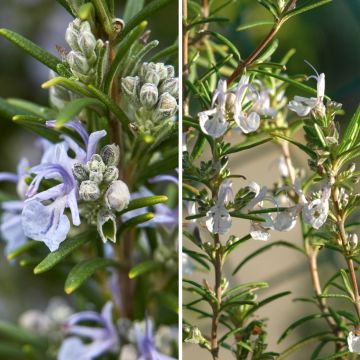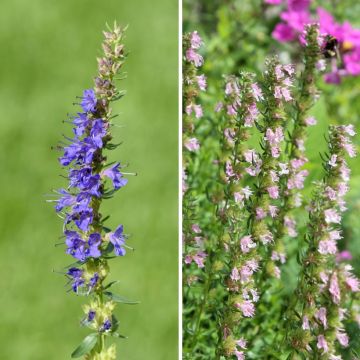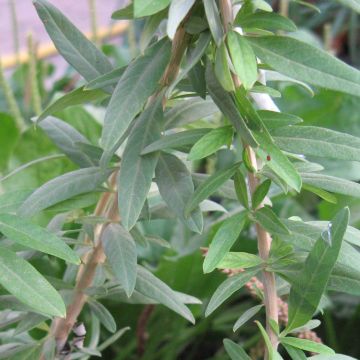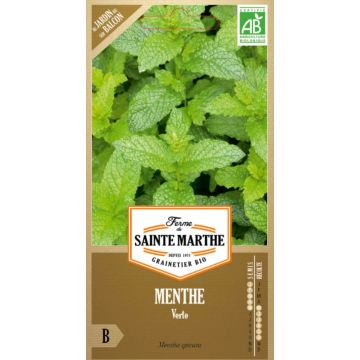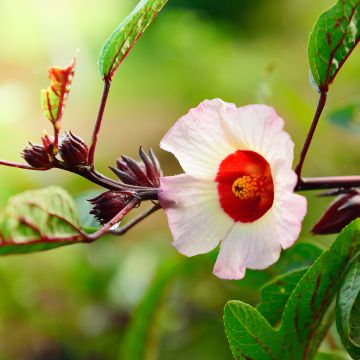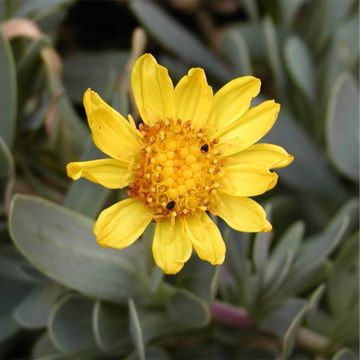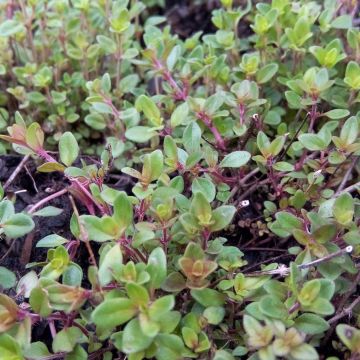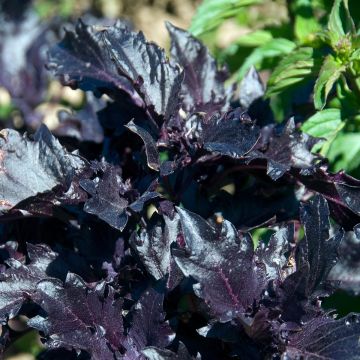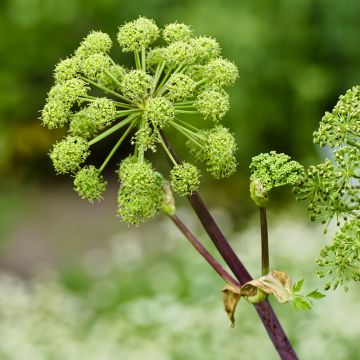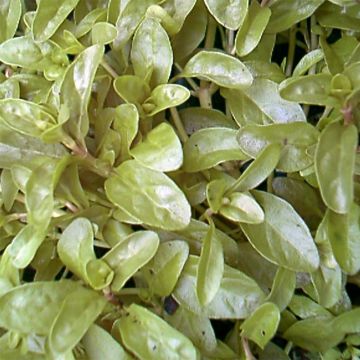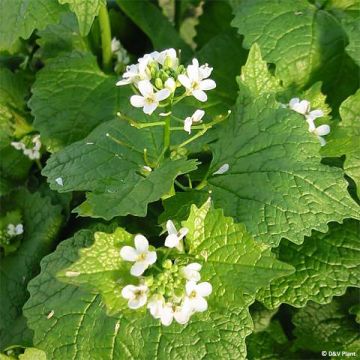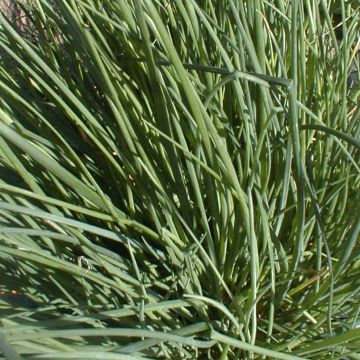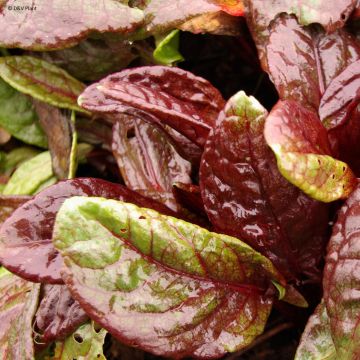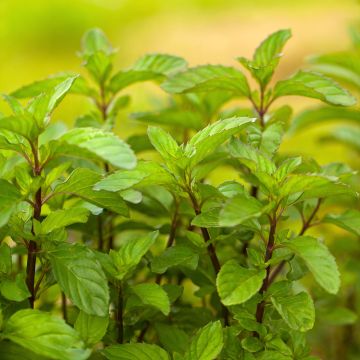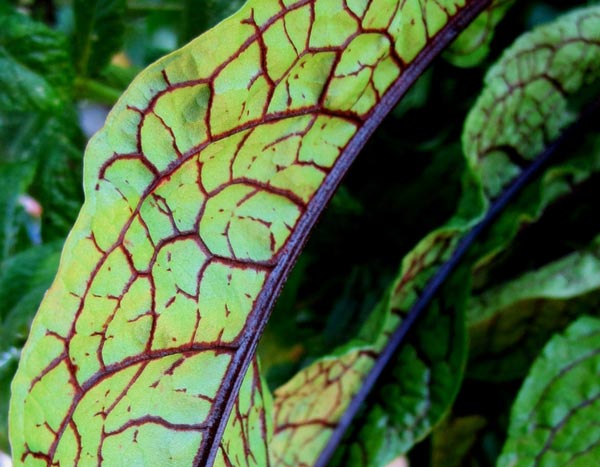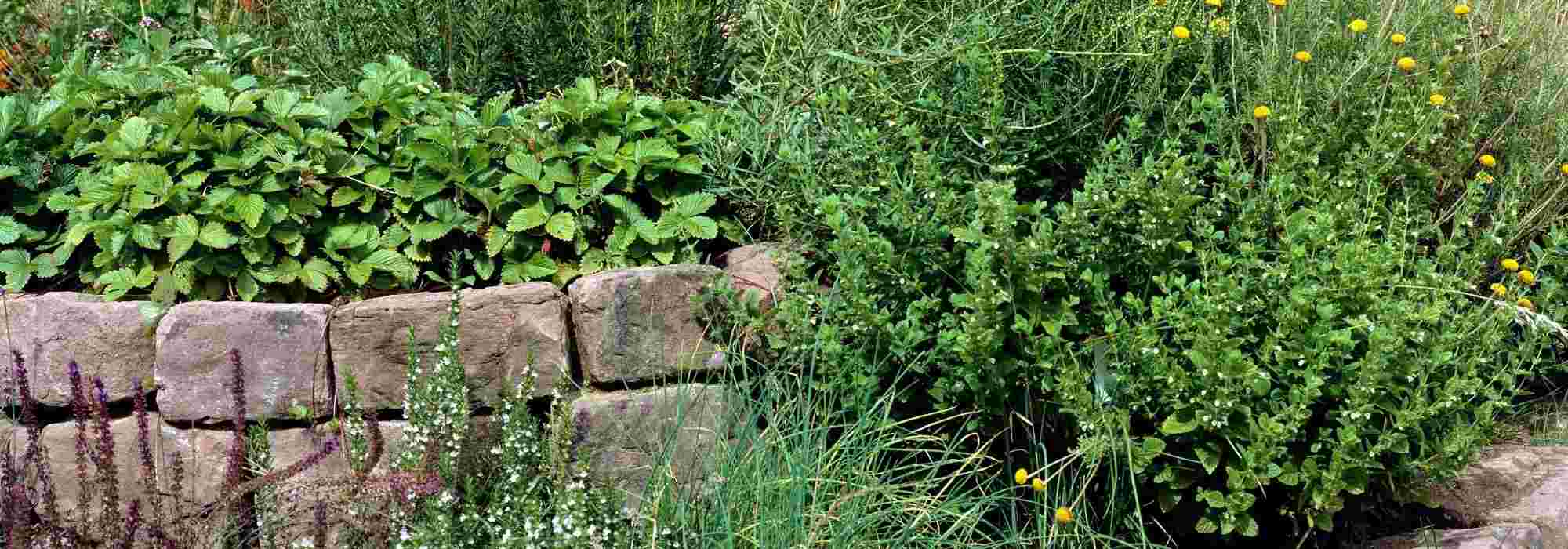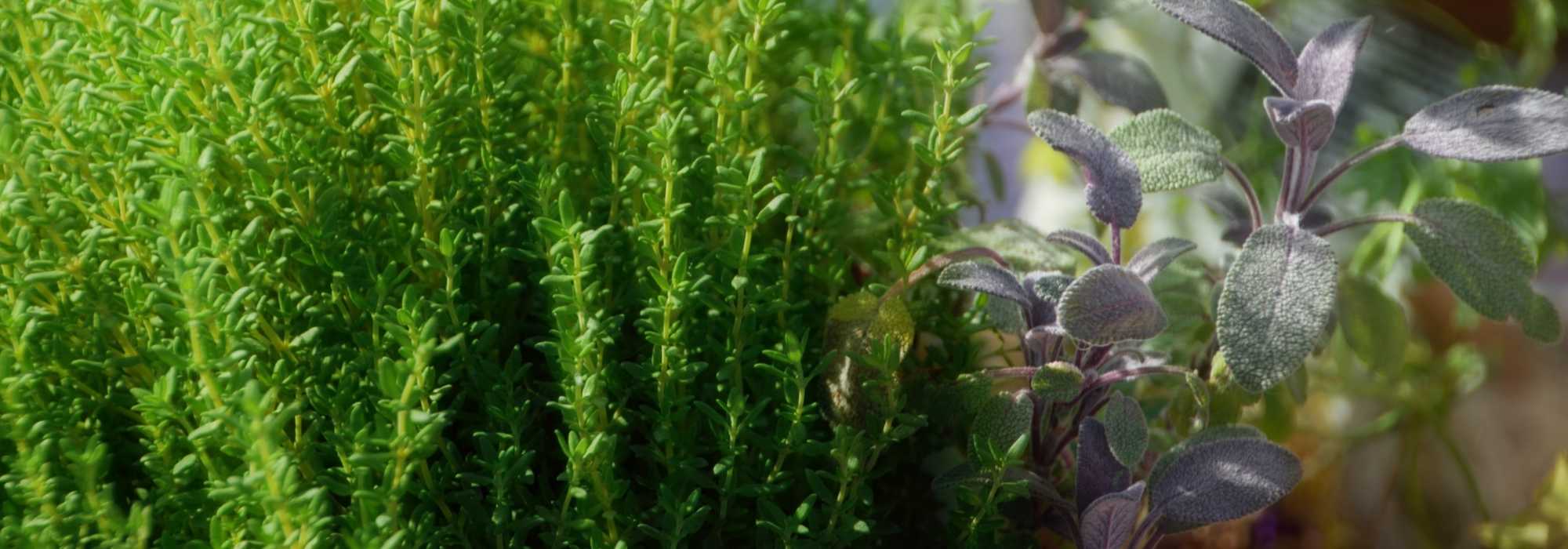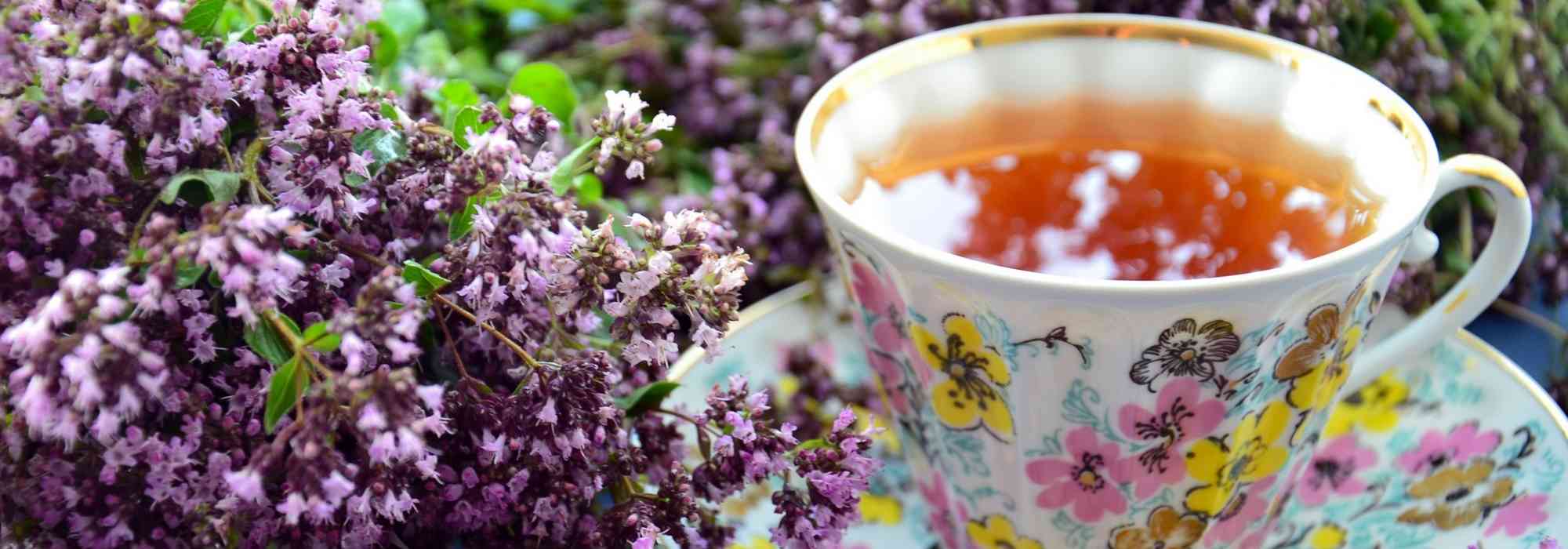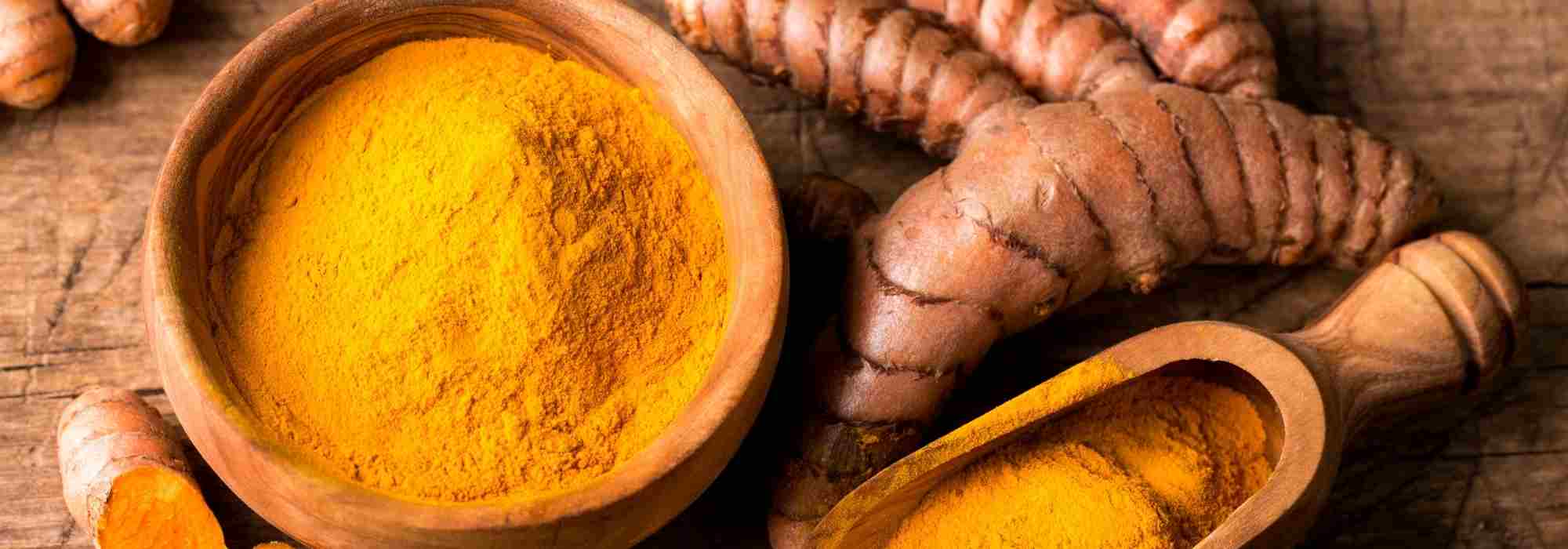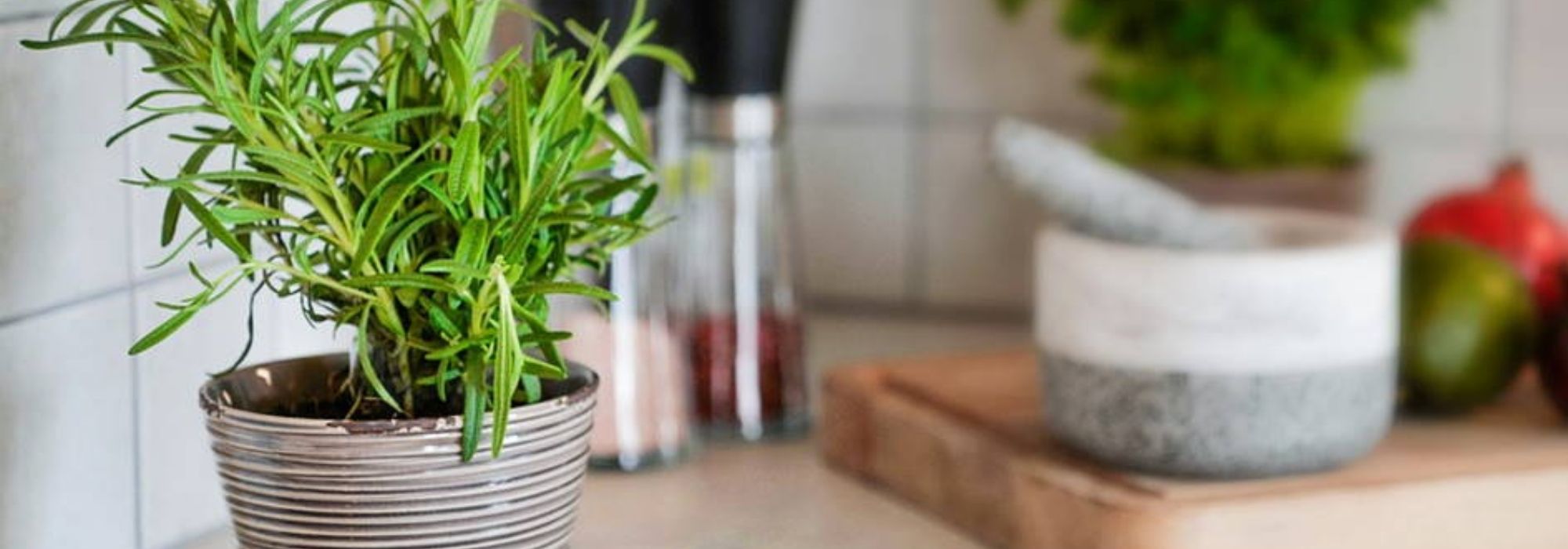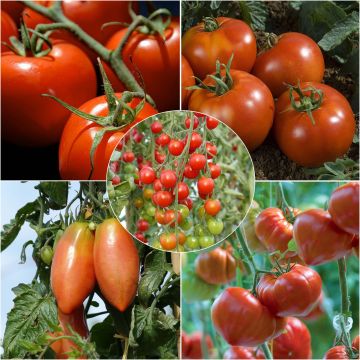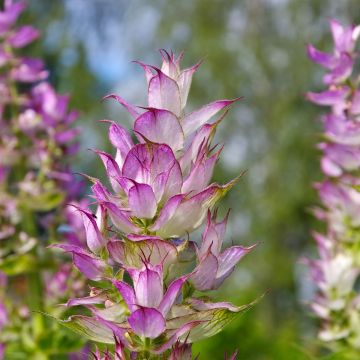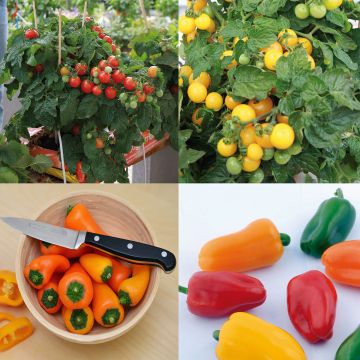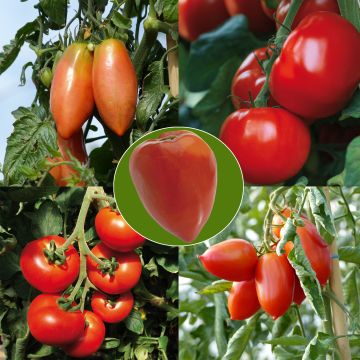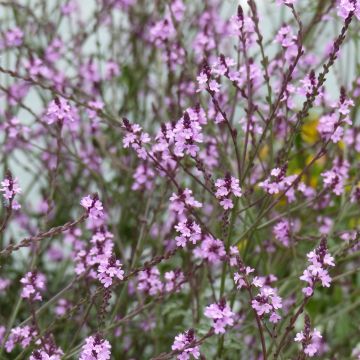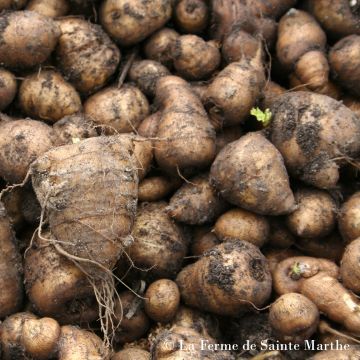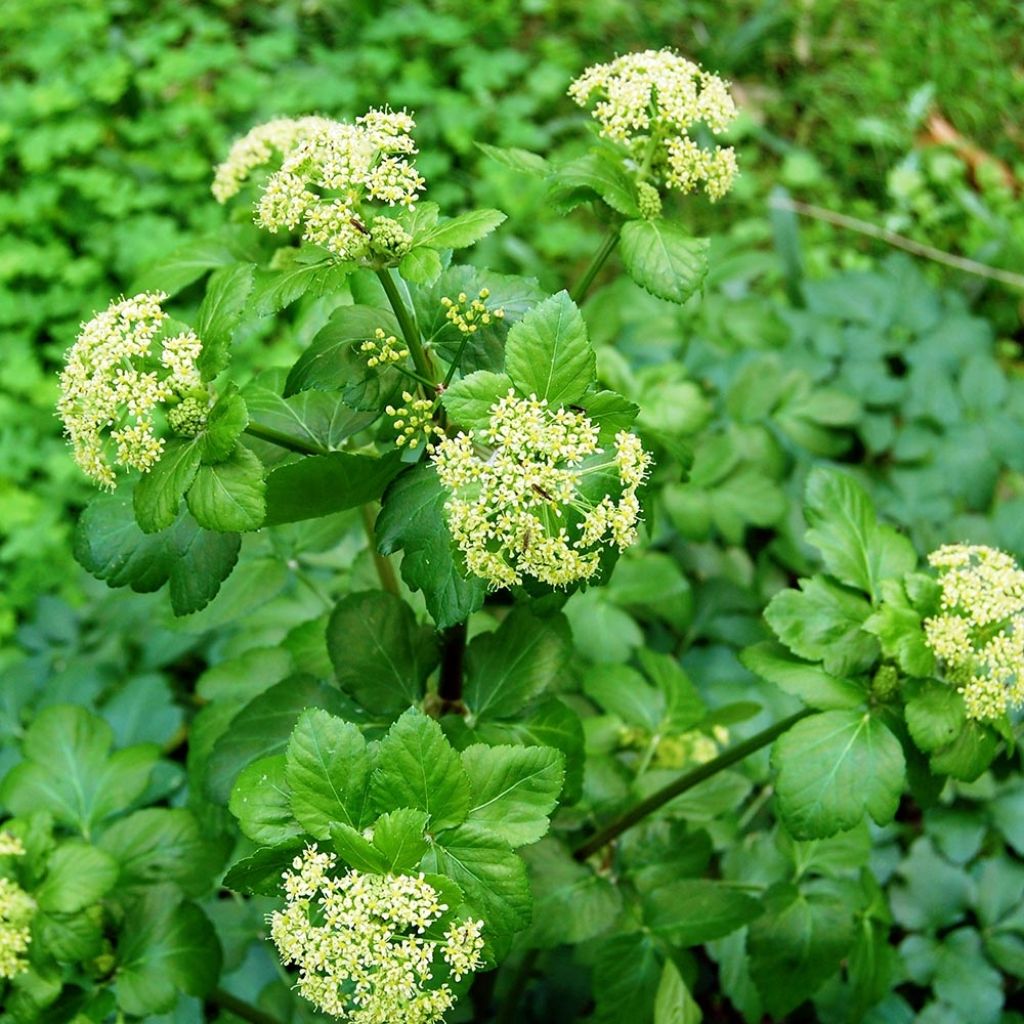

Smyrnium olusatrum
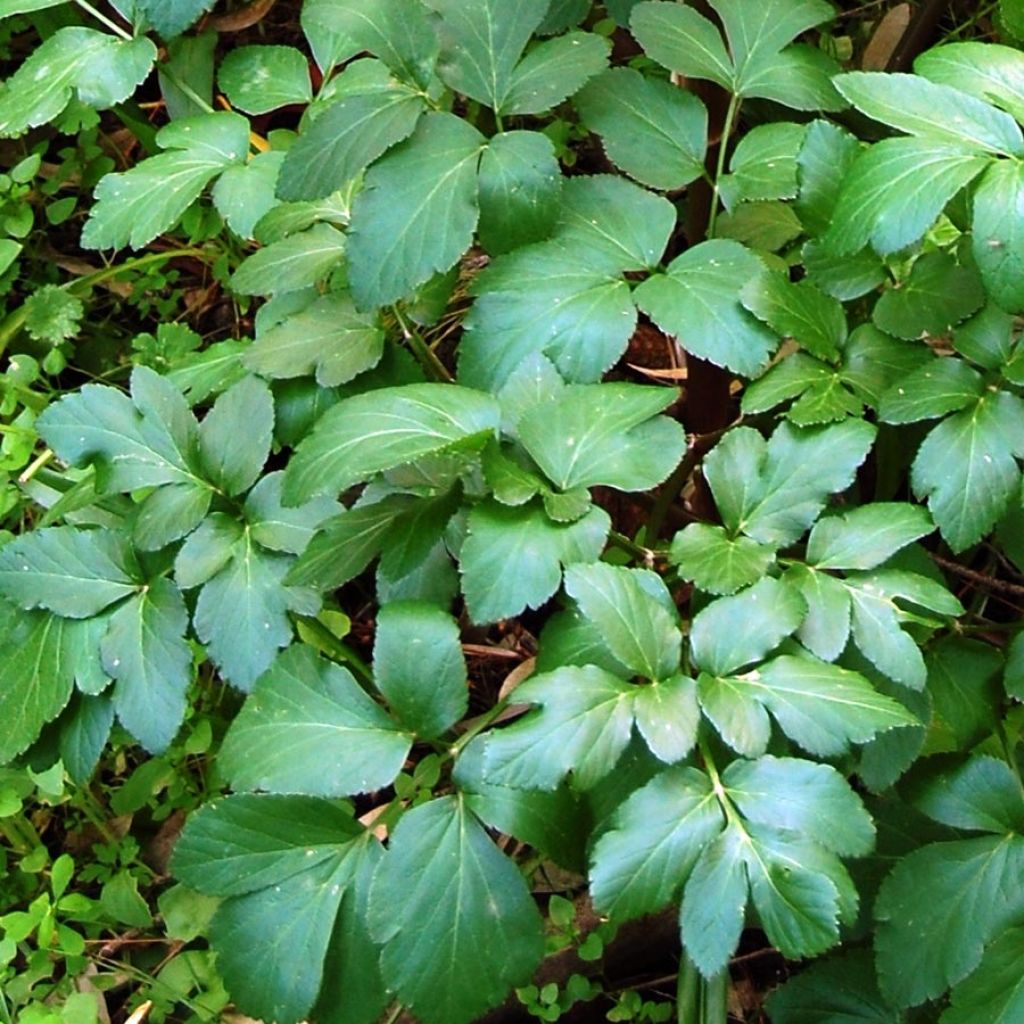

Smyrnium olusatrum
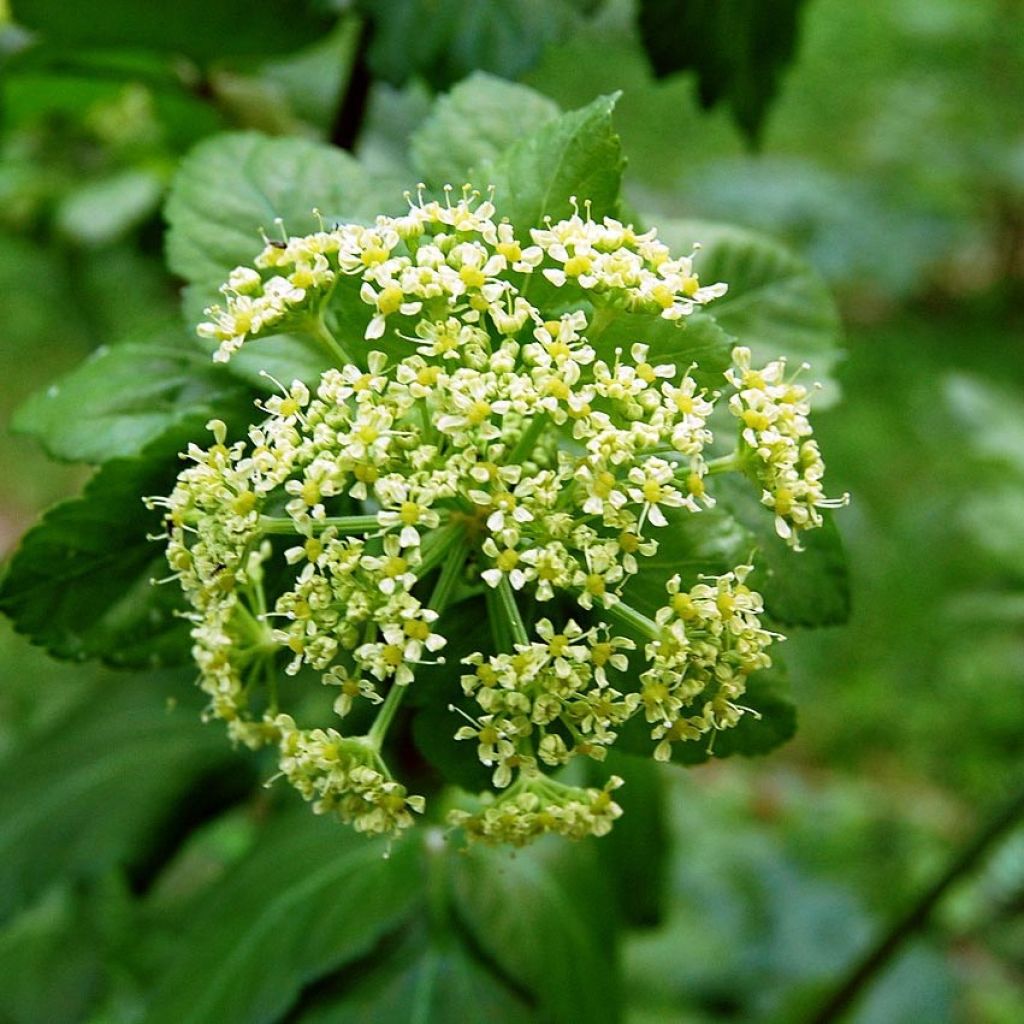

Smyrnium olusatrum
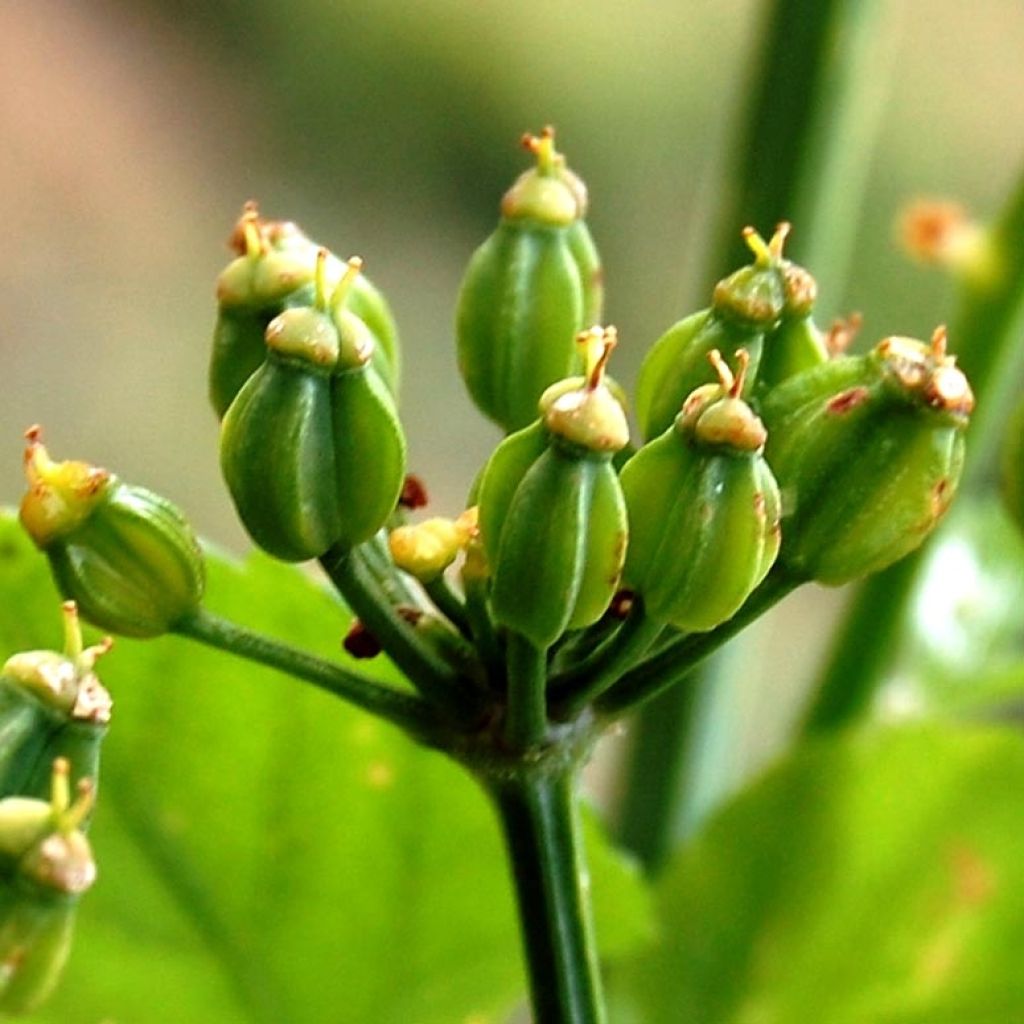

Smyrnium olusatrum
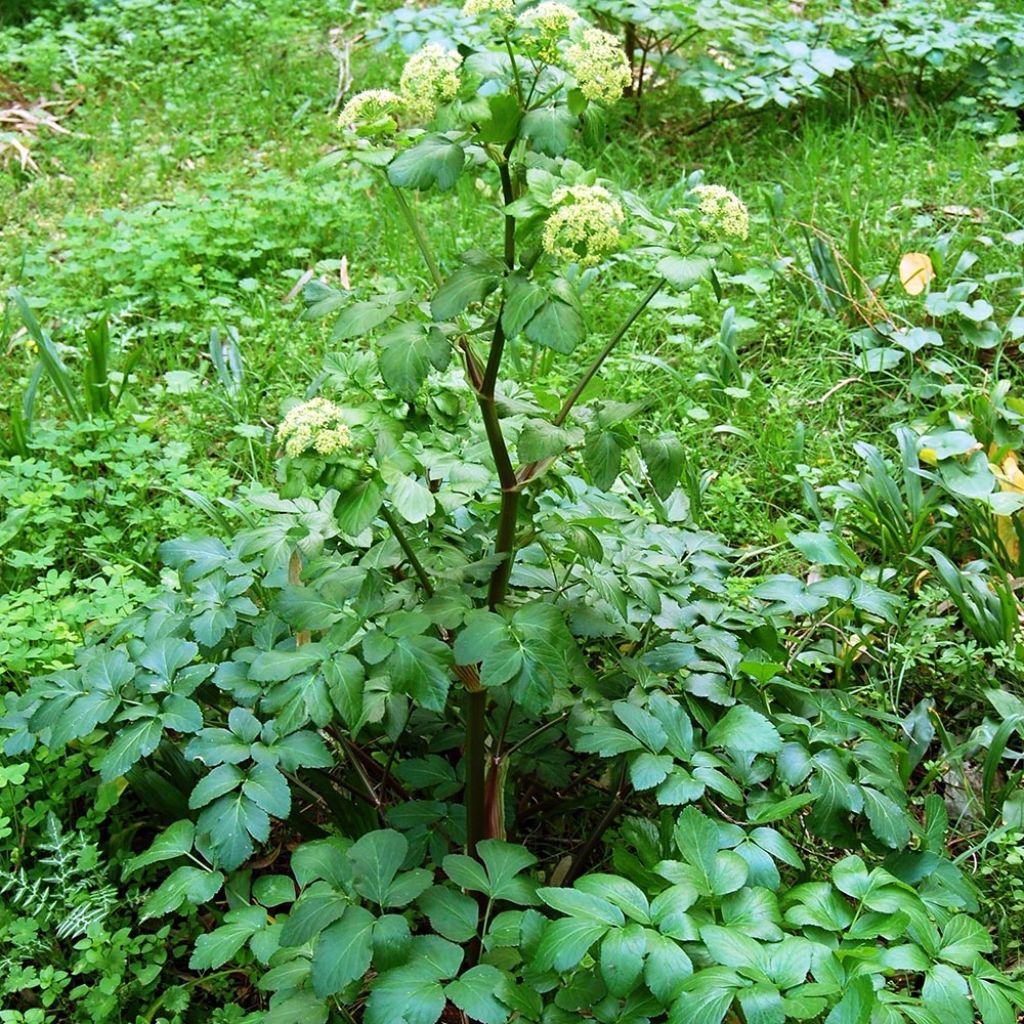

Smyrnium olusatrum
Smyrnium olusatrum
Smyrnium olusatrum
Alexanders, Black Lovage, Horse Parsley
In clayey-loamy soil, the plant survived without any problems last summer, with a bit of mulching and a few waterings. This winter, despite the frost, it's thriving: it has grown bigger!
Giles, 10/01/2024
Special offer!
Receive a €20 voucher for any order over €90 (excluding delivery costs, credit notes, and plastic-free options)!
1- Add your favorite plants to your cart.
2- Once you have reached €90, confirm your order (you can even choose the delivery date!).
3- As soon as your order is shipped, you will receive an email containing your voucher code, valid for 3 months (90 days).
Your voucher is unique and can only be used once, for any order with a minimum value of €20, excluding delivery costs.
Can be combined with other current offers, non-divisible and non-refundable.
Why not try an alternative variety in stock?
View all →This plant carries a 6 months recovery warranty
More information
We guarantee the quality of our plants for a full growing cycle, and will replace at our expense any plant that fails to recover under normal climatic and planting conditions.

Description
Alexanders, in Latin Smyrnium olusatrum, is a robust biennial plant that was once widely cultivated in the garden, a forgotten vegetable that the ancients knew as pot marjoram, great celery, horse parsley, or Macedonian parsley. This vegetable, abandoned in favour of celery, has a more complex and spicy flavour than its cousin, which becomes pleasantly aromatic and sweet after cooking. In the garden, it is also rather ornamental, offering beautiful, finely cut foliage that remains evergreen in winter and a long spring-to-summer flowering period with umbels of yellow-green flowers that are highly visited by pollinating insects. Alexanders are quickly grown in the vegetable or ornamental garden, in full sun or partial shade, and in well-drained, slightly alkaline soil that is not too dry. A plant worth rediscovering!
The Smyrnium olusatrum belongs to the Apiaceae family, like parsley, carrot, and celery. It is native to Mediterranean regions but has naturalized throughout France, where it has escaped from vegetable gardens. It is a very hardy plant with a biennial growth cycle: in the first year, it germinates and develops its large root and foliage, which remains evergreen in winter. It flowers in the second year, produces seeds, and then dies. Alexanders produce vigorous, branched, hollow, longitudinally channelled leafy stems, forming a beautiful clump that reaches an average height of 90 cm (35in) and a width of 50-60 cm (20-24in), depending on growing conditions. Its fleshy root is tap-rooted, like that of a carrot. It penetrates deeply into the soil and serves as a storage organ. The large leaves are deeply divided into broad, strongly dentate leaflets, light green. The basal leaves are more deeply divided than those of the stems. Flowering occurs from April to July. It takes the form of umbels of tiny greenish-yellow flowers, rich in nectar, which give way to quickly germinating seeds in light soil. It is interesting to let a plant go to seed each year to harvest the seeds. Spontaneous self-seeding is not uncommon, and Smyrnium olusatrum can be decorative in flower beds and among shrubs, similar to common fennel. It also promotes biodiversity in the garden.
The entire plant is aromatic and edible: its roots can be eaten raw or cooked, and young shoots can be consumed raw in salads as a substitute for parsley, braised, or candied in sugar. The stems and foliage add an exciting flavour to soups and stews and are available throughout winter. To soften their taste, they can be blanched by tying and protecting them from light, similar to cardoons and celery. As a condiment, the umbel flower heads, buds, and developing fruits can be pickled in vinegar, like capers. The dried seeds have a peppery and slightly bitter flavour and make an original spice.
Harvest: cut the leaves and stems with scissors as needed throughout the two-year growth cycle. Harvest the flowers and seeds in the second year. Dig up the plant in the autumn of its first year to consume the root.
Storage: Consume alexanders fresh to enjoy its aroma fully. However, it is also possible to freeze or dry the leaves and stems for more extended storage. The flower buds and stems can be pickled in salted vinegar. Once dried, the seeds can be stored in a tightly closed jar.
Gardener's tip: to reduce watering, we recommend mulching the soil with successive layers of grass clippings, if possible, mixed with dead leaves. This protection helps keep the soil moist and also reduces weed growth.
Report an error about the product description
Smyrnium olusatrum in pictures
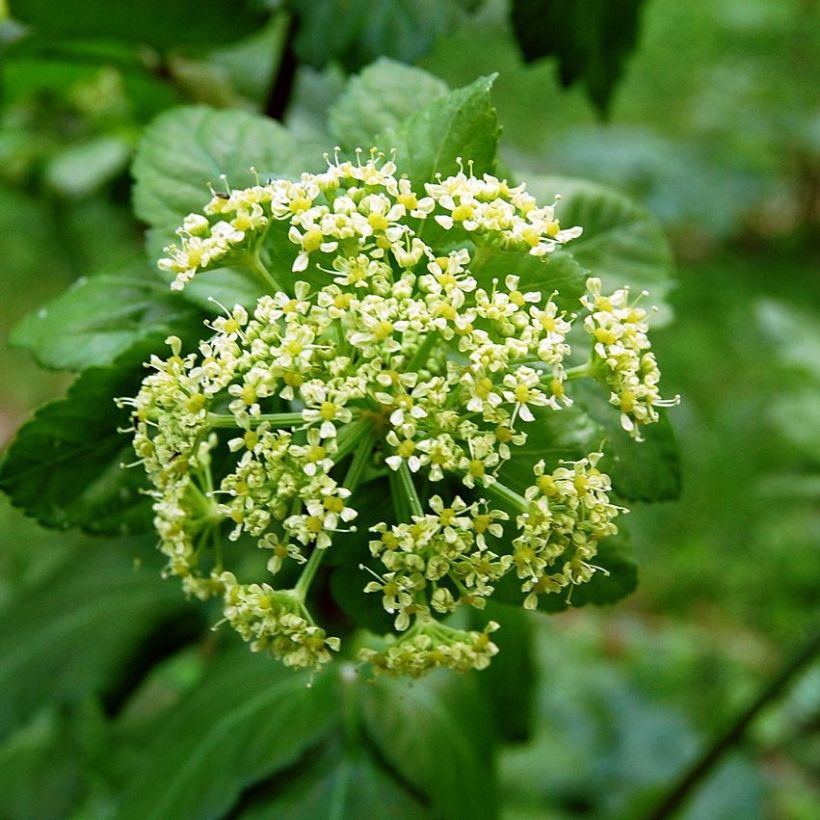



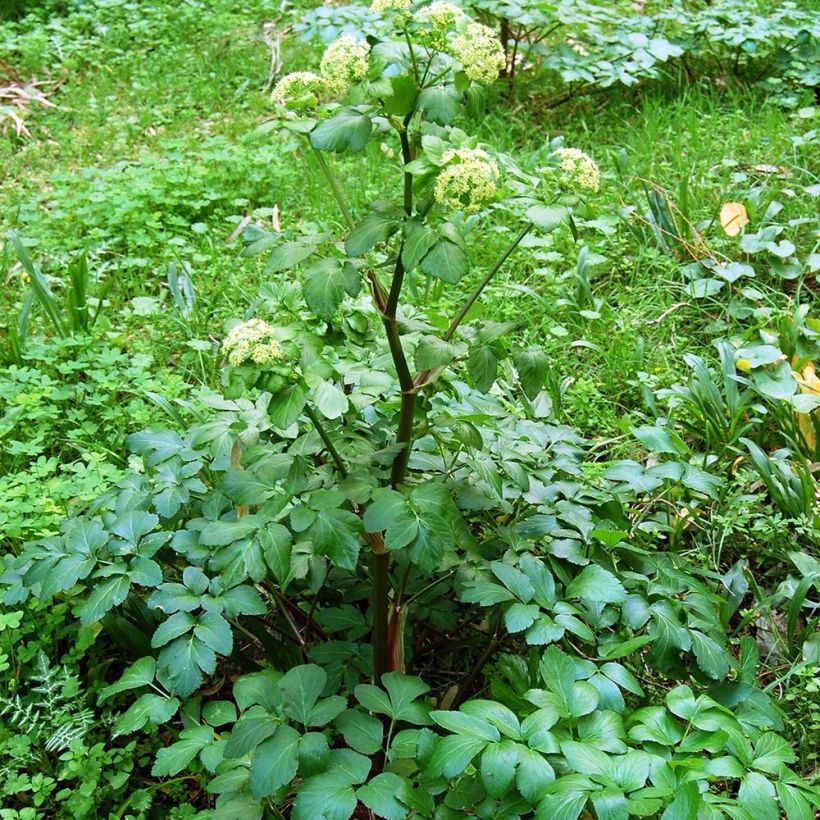

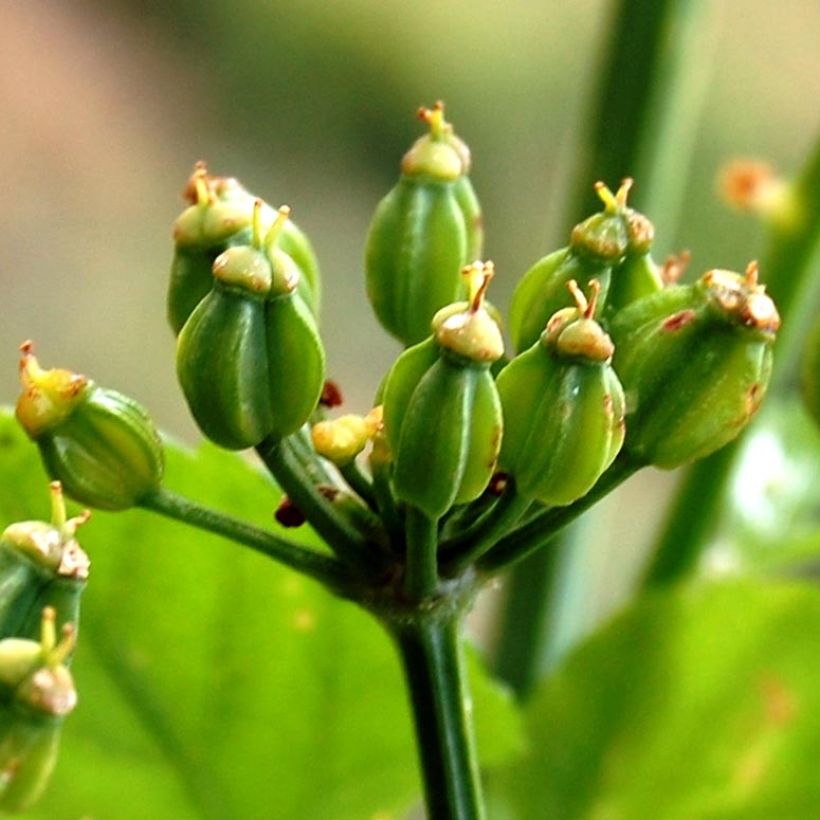

Harvest
Plant habit
Foliage
Other Herbs A to Z
View all →Planting and care
Planting is done in spring, in March-April. You can install the alexanders in your vegetable garden or your flower beds.
It appreciates rich, deep, loose, moist, well-drained, and slightly alkaline soils. Plant it in partial shade or full sun. Add well-rotted compost a few months before planting by scratching it 5 cm (2in) deep after loosening the soil. The plants will be spaced 60 cm (24in) apart in all directions. Dig a hole (3 times the volume of the root ball), place the root ball and cover it with fine soil. Firmly tamp down and water to keep the soil moist.
Regularly hoe and weed, especially at the beginning of the cultivation.
During cultivation, water is moderate, especially in summer. The foliage persists in winter, and the plant withstands frost perfectly, down to -15°C (5°F) at its coldest.
Cultivation
Care
Intended location
Planting & care advice
-
, onOrder confirmed
Reply from on Promesse de fleurs
Similar products
Haven't found what you were looking for?
Hardiness is the lowest winter temperature a plant can endure without suffering serious damage or even dying. However, hardiness is affected by location (a sheltered area, such as a patio), protection (winter cover) and soil type (hardiness is improved by well-drained soil).

Photo Sharing Terms & Conditions
In order to encourage gardeners to interact and share their experiences, Promesse de fleurs offers various media enabling content to be uploaded onto its Site - in particular via the ‘Photo sharing’ module.
The User agrees to refrain from:
- Posting any content that is illegal, prejudicial, insulting, racist, inciteful to hatred, revisionist, contrary to public decency, that infringes on privacy or on the privacy rights of third parties, in particular the publicity rights of persons and goods, intellectual property rights, or the right to privacy.
- Submitting content on behalf of a third party;
- Impersonate the identity of a third party and/or publish any personal information about a third party;
In general, the User undertakes to refrain from any unethical behaviour.
All Content (in particular text, comments, files, images, photos, videos, creative works, etc.), which may be subject to property or intellectual property rights, image or other private rights, shall remain the property of the User, subject to the limited rights granted by the terms of the licence granted by Promesse de fleurs as stated below. Users are at liberty to publish or not to publish such Content on the Site, notably via the ‘Photo Sharing’ facility, and accept that this Content shall be made public and freely accessible, notably on the Internet.
Users further acknowledge, undertake to have ,and guarantee that they hold all necessary rights and permissions to publish such material on the Site, in particular with regard to the legislation in force pertaining to any privacy, property, intellectual property, image, or contractual rights, or rights of any other nature. By publishing such Content on the Site, Users acknowledge accepting full liability as publishers of the Content within the meaning of the law, and grant Promesse de fleurs, free of charge, an inclusive, worldwide licence for the said Content for the entire duration of its publication, including all reproduction, representation, up/downloading, displaying, performing, transmission, and storage rights.
Users also grant permission for their name to be linked to the Content and accept that this link may not always be made available.
By engaging in posting material, Users consent to their Content becoming automatically accessible on the Internet, in particular on other sites and/or blogs and/or web pages of the Promesse de fleurs site, including in particular social pages and the Promesse de fleurs catalogue.
Users may secure the removal of entrusted content free of charge by issuing a simple request via our contact form.
The flowering period indicated on our website applies to countries and regions located in USDA zone 8 (France, the United Kingdom, Ireland, the Netherlands, etc.)
It will vary according to where you live:
- In zones 9 to 10 (Italy, Spain, Greece, etc.), flowering will occur about 2 to 4 weeks earlier.
- In zones 6 to 7 (Germany, Poland, Slovenia, and lower mountainous regions), flowering will be delayed by 2 to 3 weeks.
- In zone 5 (Central Europe, Scandinavia), blooming will be delayed by 3 to 5 weeks.
In temperate climates, pruning of spring-flowering shrubs (forsythia, spireas, etc.) should be done just after flowering.
Pruning of summer-flowering shrubs (Indian Lilac, Perovskia, etc.) can be done in winter or spring.
In cold regions as well as with frost-sensitive plants, avoid pruning too early when severe frosts may still occur.
The planting period indicated on our website applies to countries and regions located in USDA zone 8 (France, United Kingdom, Ireland, Netherlands).
It will vary according to where you live:
- In Mediterranean zones (Marseille, Madrid, Milan, etc.), autumn and winter are the best planting periods.
- In continental zones (Strasbourg, Munich, Vienna, etc.), delay planting by 2 to 3 weeks in spring and bring it forward by 2 to 4 weeks in autumn.
- In mountainous regions (the Alps, Pyrenees, Carpathians, etc.), it is best to plant in late spring (May-June) or late summer (August-September).
The harvesting period indicated on our website applies to countries and regions in USDA zone 8 (France, England, Ireland, the Netherlands).
In colder areas (Scandinavia, Poland, Austria...) fruit and vegetable harvests are likely to be delayed by 3-4 weeks.
In warmer areas (Italy, Spain, Greece, etc.), harvesting will probably take place earlier, depending on weather conditions.
The sowing periods indicated on our website apply to countries and regions within USDA Zone 8 (France, UK, Ireland, Netherlands).
In colder areas (Scandinavia, Poland, Austria...), delay any outdoor sowing by 3-4 weeks, or sow under glass.
In warmer climes (Italy, Spain, Greece, etc.), bring outdoor sowing forward by a few weeks.






























